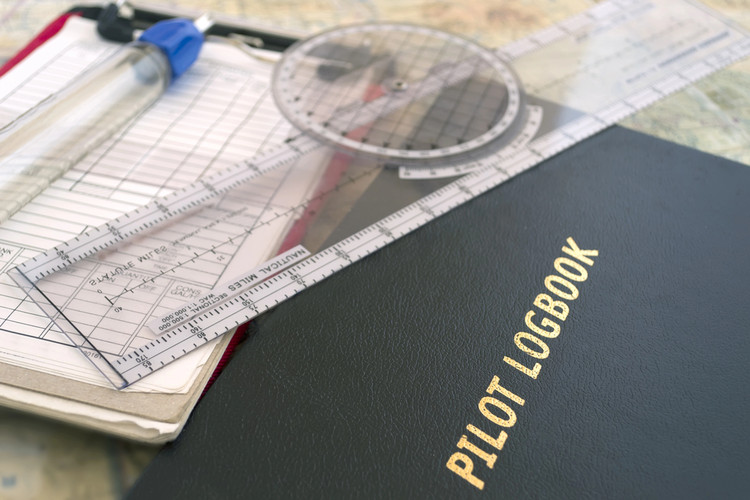Posted by Richard G. on Sep 19th 2025
Many student and professional pilots wonder: Can you use more than one logbook to track your flight time?
The answer is yes. The FAA requires you to record training, endorsements, and the hours you use to qualify for certificates, ratings, or currency. But the regulations don’t limit you to a single book or even a single format. You can keep a paper logbook, a digital logbook, or both, as long as you do so “in a manner acceptable to the Administrator”. Just make sure your records are accurate, complete, and presentable when needed (for checkrides, ramp checks, or airline interviews).
In fact, many pilots maintain multiple logbooks for convenience:
- A primary logbook for official totals and endorsements
- A backup logbook or e-logbook for reporting, summaries, and peace of mind
- Specialized logbooks for drones, aircraft maintenance, or international flying
The key is consistency; make sure your totals match, and always safeguard original endorsements.
How to use multiple logbooks without headaches
Pick a “primary” (paper or digital) where your running totals live; keep others in sync periodically. This makes checkride applications and job apps easier. (Rule basis: you just need complete, accurate records.)
Capture endorsements cleanly. If you receive a paper endorsement, keep the original in your paper book and add a scanned image to your e-log. If you receive a digital endorsement, ensure it meets the FAA’s electronic-signature guidance.
Be ready to present. For checkrides or inspections, print/export your digital summaries and bring the book with endorsements. (Many e-logbook providers emphasize this workflow.)
5 Top Pilot Logbooks
Looking to start fresh or upgrade? Here are five popular choices. Each pairs nicely with a protective cover to keep your time safe in the cockpit bag.
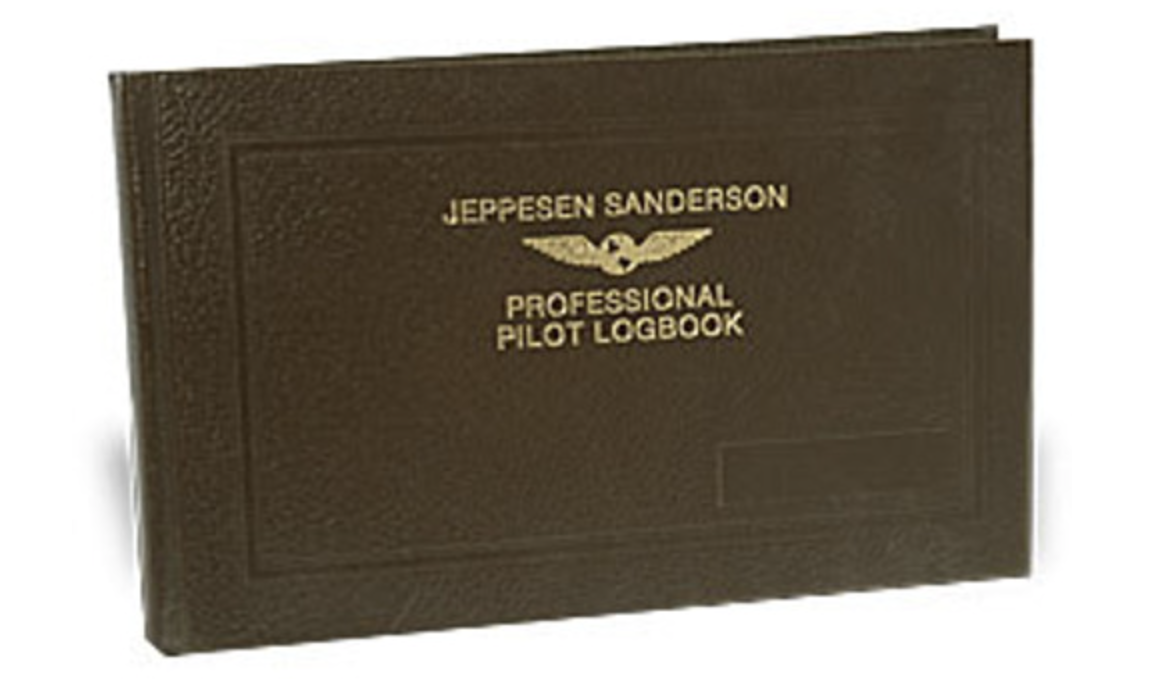
- Jeppesen Pro Pilot Logbook: A favorite among longtime professional pilots with durable pages sized for years of flying and presents a polished, “interview-ready” record. It’s not the best choice for students due to their bulky formats and contain more columns than a beginner needs.
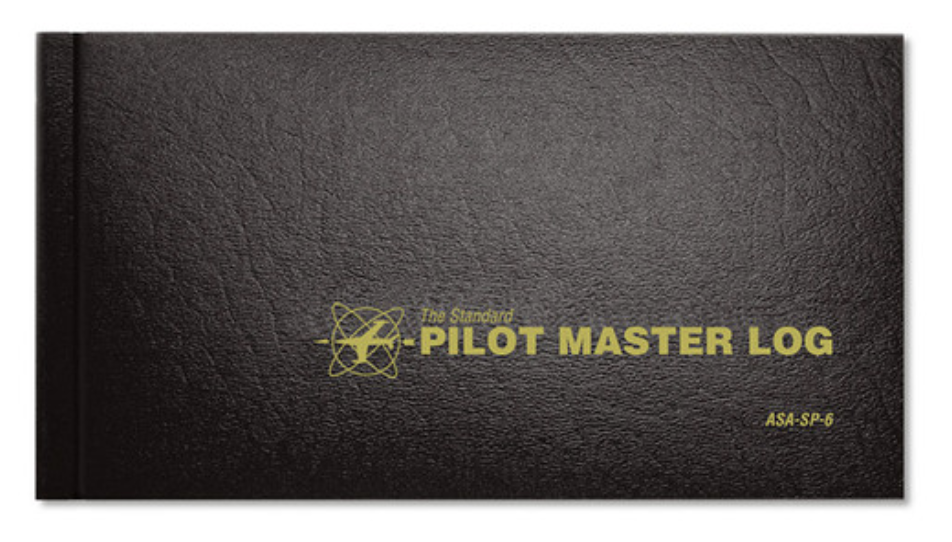
- ASA Standard Pilot Master Log (Black): This oversized logbook offers expanded columns, generous space for remarks, and plenty of room to track a long flying career, an excellent option for pilots who want everything in one place. That said, it’s not ideal for student pilots. This bulky “master” format is impractical for frequent carry and contains more columns than a beginner will need. This is a Professional-style logbook that also contains certain International requirements.
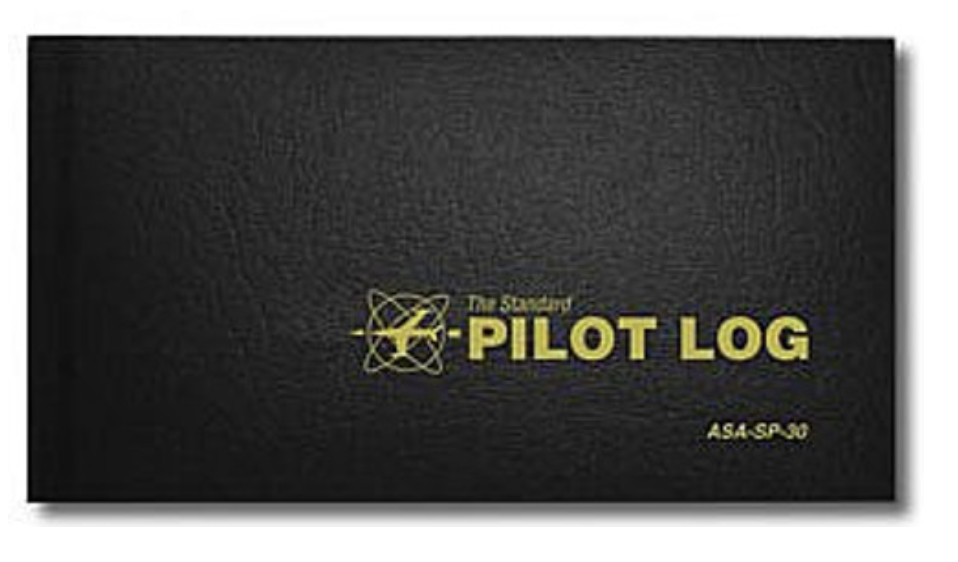
- ASA Standard Pilot Log (Black): A compact, budget-friendly classic choice for student pilots that still includes all required instructor endorsements. Perfect as a first paper logbook or a travel/backup book.
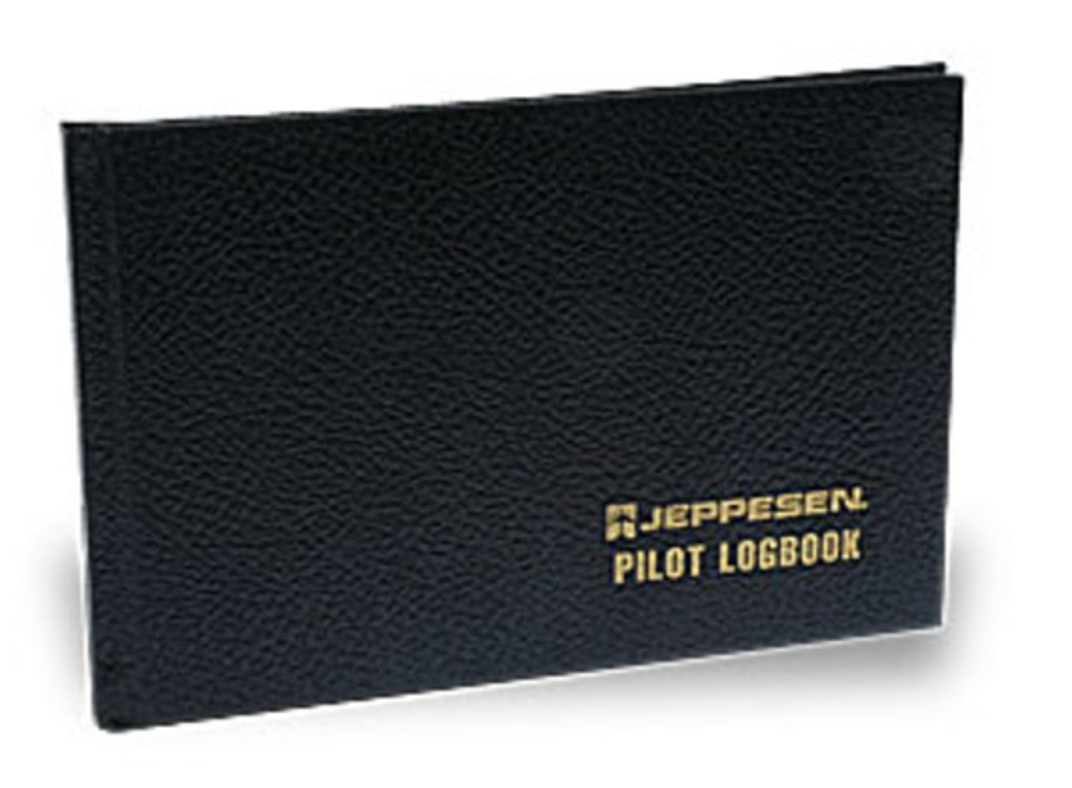
- Jeppesen Pilot Logbook: The standard Jepp book is both functional and professional: polished look, sensible layout, and easy to tote, great for everyday flight training and early career use.
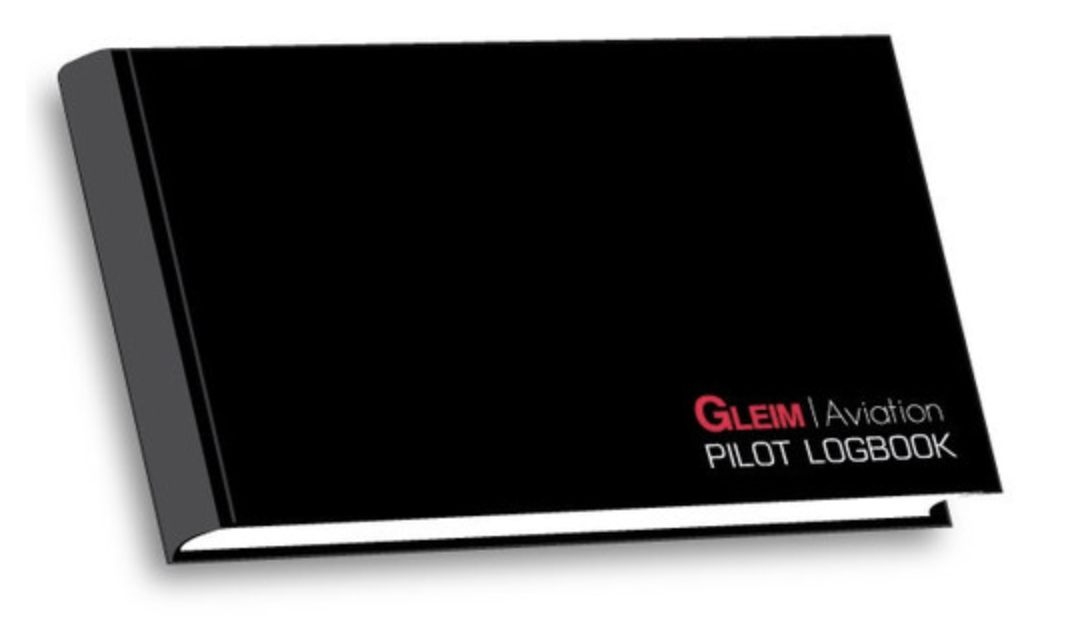
- Gleim Pilot Logbook: Clear, perfect for pilots who want straightforward recordkeeping and layout with dedicated endorsement sections; a solid choice if you like the clean “Gleim” style you see in their training materials.
Pro tip: If you’re running two books (say paper + app), designate one of these as the “authoritative” source for totals and endorsements, and sync the other weekly or monthly. (Regulations don’t require one book, just accurate, presentable records.)
Specialized Logbooks
Beyond the standard pilot logs, you’ll also find logbooks designed for specific flying niches:
- ASA Standard EASA FCL-Compliant Pilot Log: Ideal for pilots training or working in Europe, this logbook meets EASA requirements with columns tailored to international standards.
- ASA Standard UAS Operator Log and ASA Standard Drone Logbook: Perfect for commercial drone operators who need to track flights, battery cycles, and maintenance. Great for building a clean flight/maintenance story for clients or employers.
- ASA Aircraft Flight Log: For aircraft owners or club members. Designed to stay with the aircraft, this log tracks flight time, maintenance notes, and squawks. An excellent complement to your personal pilot log.
To protect your records, consider adding a logbook cover or case, a simple investment that keeps your time safe from cockpit wear and tear.
The Bottom line
The FAA cares what you record, not whether it lives in one book or two. Keep complete, consistent, and presentable records, maintain originals for endorsements, and use backups/exported summaries to make checkrides, interviews, and inspections painless. With the right logbook from our Logbooks collection, you’ll have a system that grows with your flying career.

